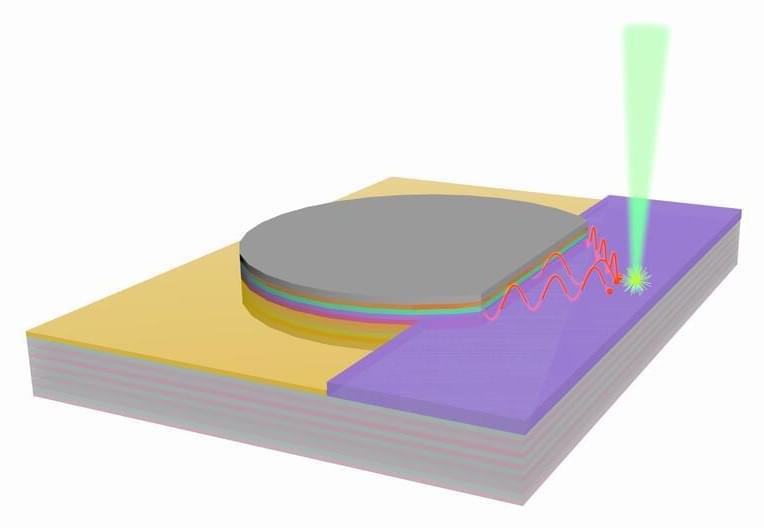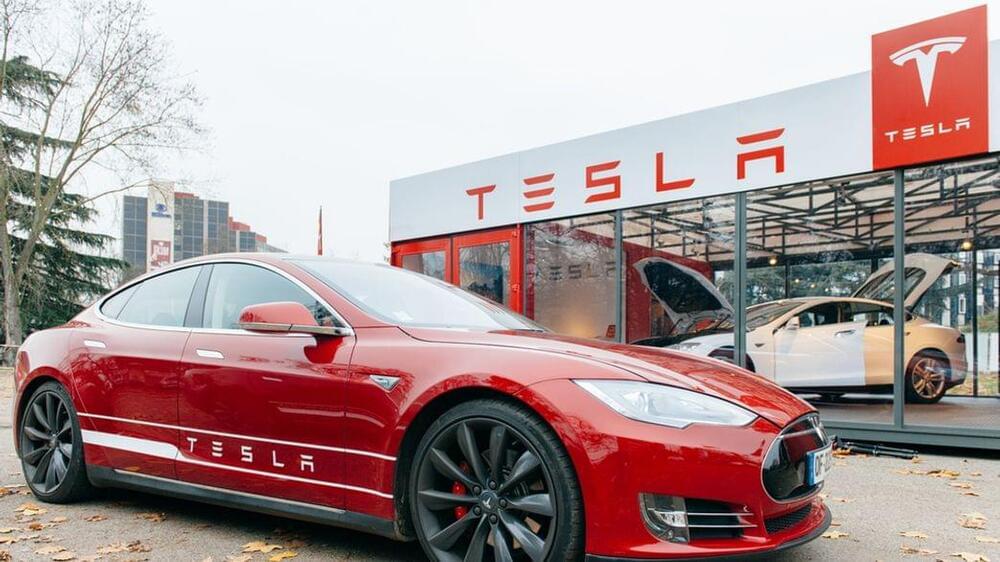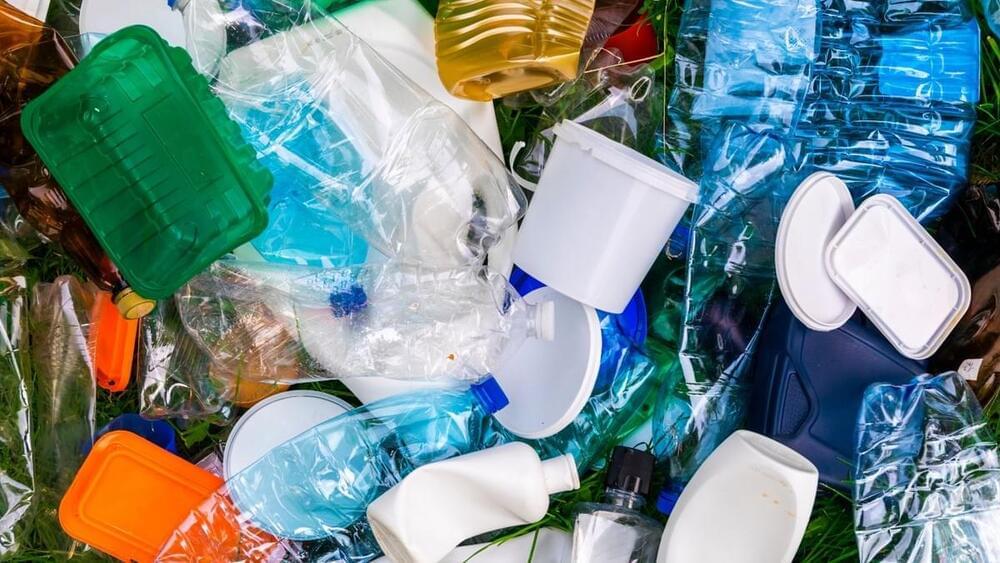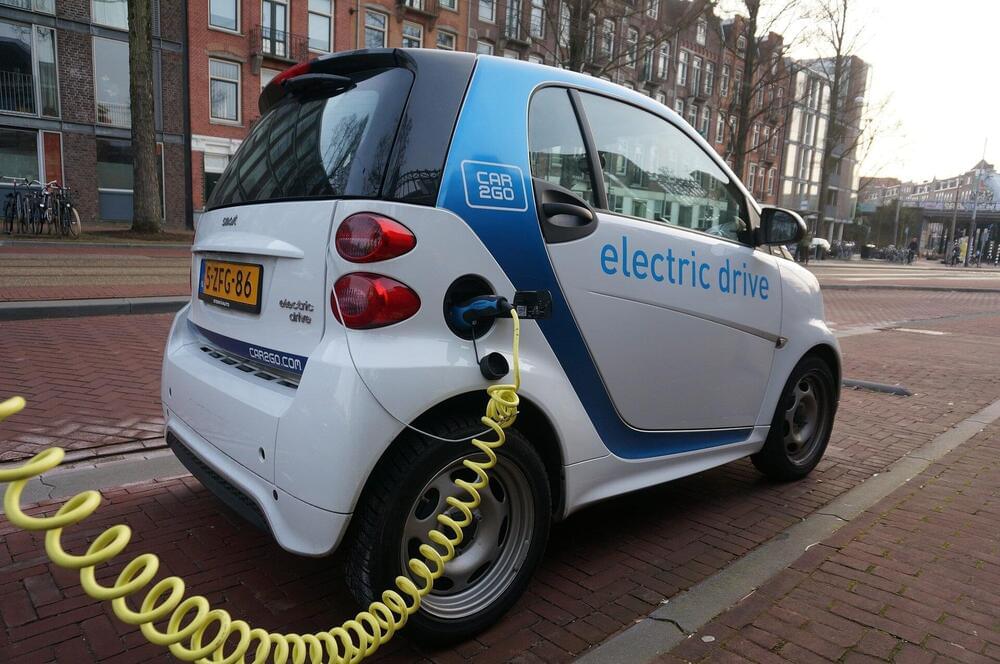Sep 4, 2022
New photodetector design inspired by plant photosynthesis
Posted by Shubham Ghosh Roy in categories: solar power, sustainability
Researchers have developed a new type of high-efficiency photodetector inspired by the photosynthetic complexes plants use to turn sunlight into energy. Photodetectors are used in cameras, optical communication systems and many other applications to turn photons into electrical signals.
Researchers developed a new type of high-efficiency photodetector that is similar to the photosynthetic complexes plants use to turn sunlight into energy. The new design integrates a simple organic detector into the propagation region to produce efficient polariton-to-charge conversion over distances of up to 100 microns. (Image: Bin Liu, University of Michigan)
“Our devices combine long-range transport of optical energy with long-range conversion to electrical current,” said research team leader Stephen Forrest from the University of Michigan. “This arrangement, analogous to what is seen in plants, has the potential to greatly enhance the power generation efficiency of solar cells, which use devices similar to photodetectors to convert sunlight into energy.”

















